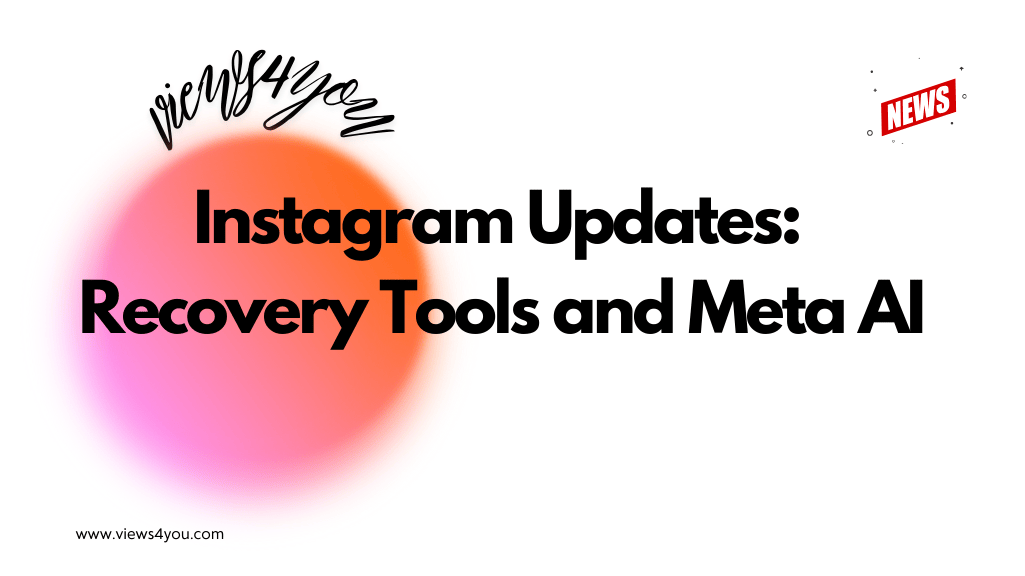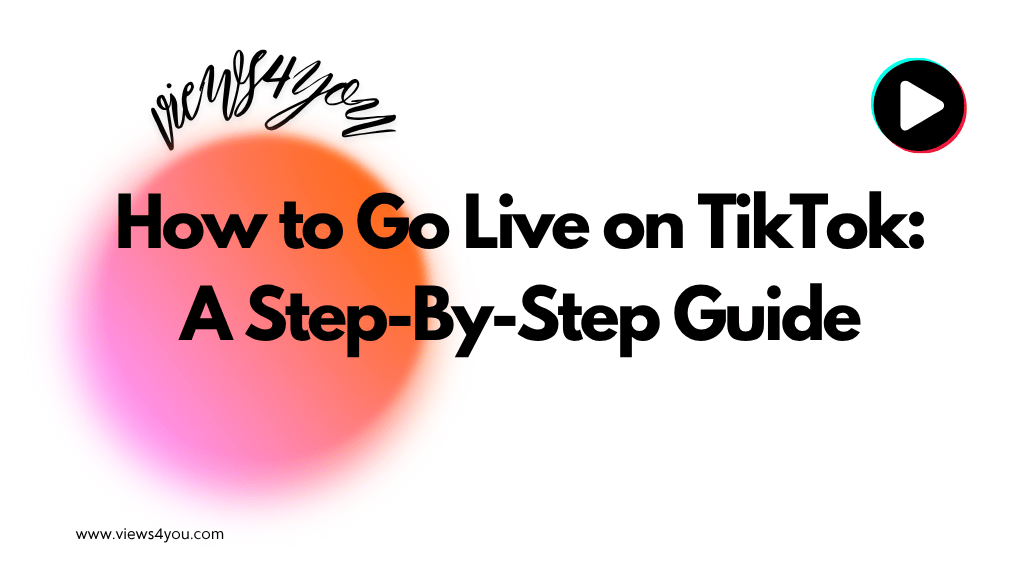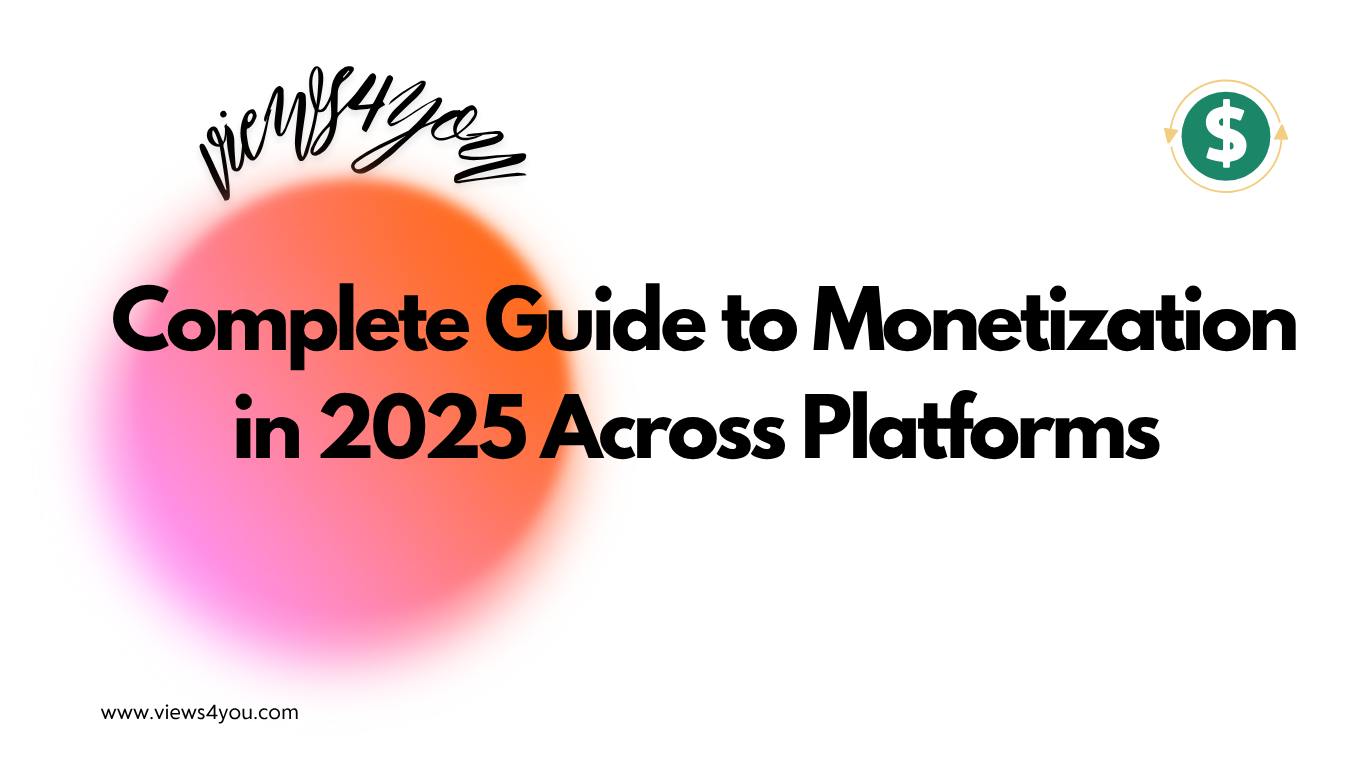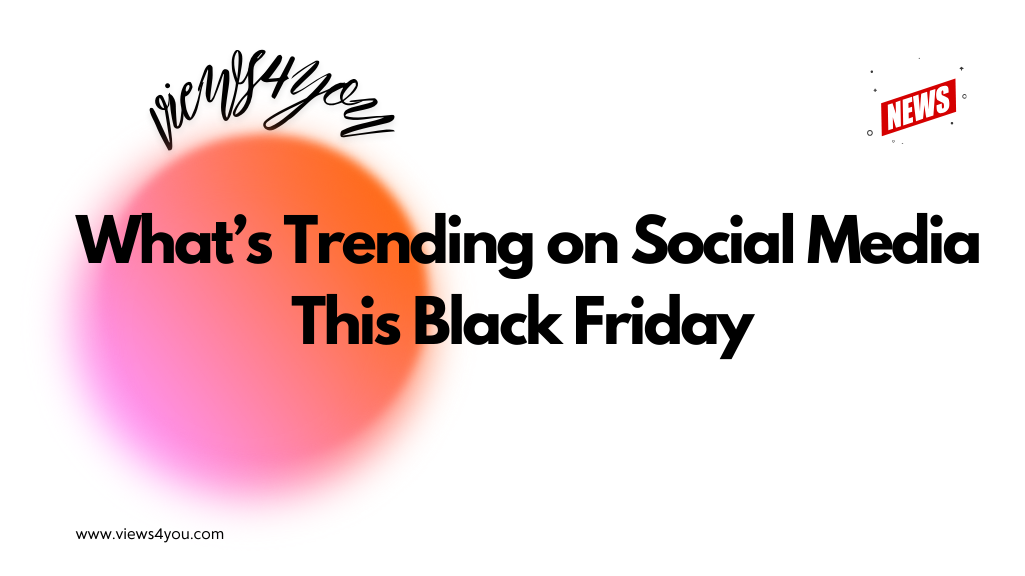YouTube Shorts work better for quick reach, viral growth, and capturing new audiences, while long-form videos work better for building trust, authority, and higher revenue. Shorts bring attention fast, but long-form keeps viewers engaged long enough to convert into loyal subscribers. The most effective strategy is using both together.
If you’ve been creating content on YouTube lately, you’ve probably noticed something: Shorts are everywhere. Scroll through your feed, and they pop up like wildfire, snappy, vertical clips pulling in views at lightning speed. At the same time, long-form videos, the backbone of YouTube for over a decade, are still alive and well, giving creators a chance to dive deep into topics, build communities, and earn meaningful revenue.
The tricky part is figuring out what actually works better for you. I’ve wrestled with this same question many times: Should I lean heavily into Shorts to ride the algorithmic wave, or should I double down on long-form to maximize earnings and authority? The truth isn’t one-size-fits-all.
Let’s unpack the difference in formats, how they perform, and most importantly, how you can use both to your advantage.
The Core Difference Between Shorts and Long Form Content
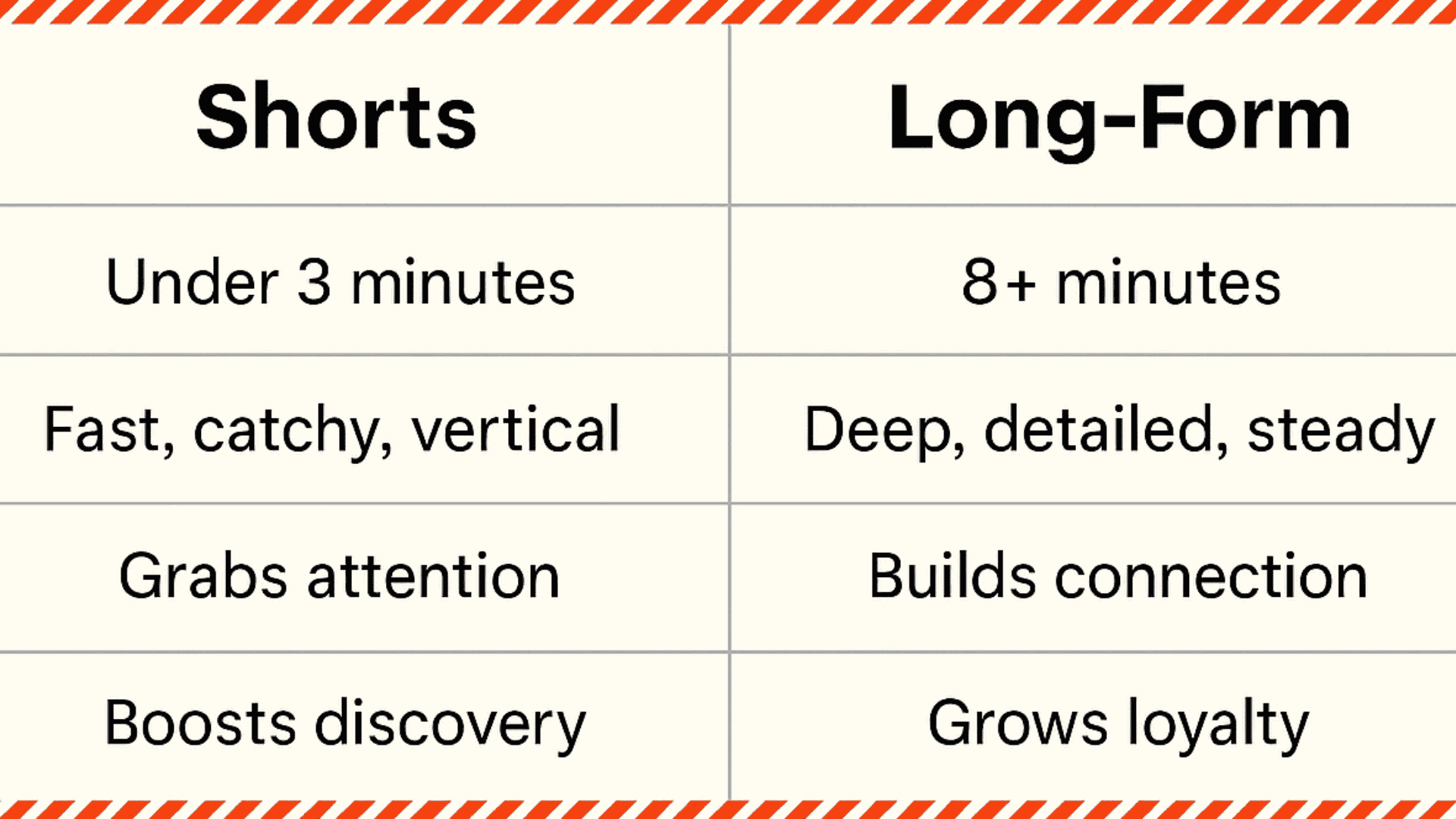
Before diving into strategy, it’s worth drawing a clear line between the two. Shorts are quick hits, vertical videos under three minutes, designed to stop someone mid-scroll. They thrive on immediacy, curiosity, and bite-sized entertainment.
Long-form, on the other hand, is the traditional YouTube experience. We’re talking anywhere from 8 to 20 minutes (or longer). Think tutorials, deep dives, vlogs, or reviews. These videos ask more of a viewer’s time, but in return, they offer depth and substance.
If you’re trying to decide which one matters more, here’s the blunt reality, Shorts excel at grabbing attention. Long-form excels at keeping it. The platform needs to balance discovery and depth, and as a creator, you can choose how to lean based on your goals.
How Do Viewers Engage with Each Format?
One of the most fascinating parts of watching YouTube evolve has been how different formats attract different behaviors. Shorts usually rack up impressions quickly. A 15-second clip showing a hack, a reaction, or a trending moment can easily get thousands of views overnight. But those views don’t always translate into loyal subscribers or a community. People watch, swipe, and move on.
Long-form is different. If someone sits through a 12-minute tutorial, they’re invested. They comment, they click on more of your videos, and they actually remember you. Long-form content builds trust in a way Shorts rarely can.
Here’s the subtle trick most creators miss: these aren’t competing audiences; they’re parallel. There is a group that prefers to watch long-form, and a portion of YouTube users engage exclusively with Shorts. Only a small slice overlaps. That means Shorts can introduce new eyeballs to your channel, and long-form can hold onto them once they’re curious enough to stay.
Revenue and Monetization: Where the Real Money Lives!
Views are nice, but revenue keeps creators going. This is where long-form still dominates. Longer videos allow for mid-roll ads, better CPMs, and more appealing opportunities for sponsors. I’ve seen creators earn hundreds of dollars from a single long-form video that got fewer views than a viral Short. Why? Because advertisers pay more for depth and time spent.
Shorts do have monetization options now. They’re part of the YouTube Partner Program, with revenue shared from ads placed between Shorts in the feed. The catch? The payout is lower. Per view, Shorts bring in a fraction of what long-form videos earn. If your sole goal is maximizing revenue per piece of content, long-form wins every time.
But dismissing Shorts entirely would be shortsighted. They can bring in a sheer volume of viewers, which, over time, expands your pool of potential long-form watchers. In other words, Shorts are like free samples at the grocery store, nobody’s getting full from them, but they do get people in the door.
The Algorithm: How YouTube Decides What to Show?
The algorithm is often treated like a mysterious beast, but in reality, it rewards clear signals. Shorts get pushed into their own feed and tested rapidly. If your video hooks viewers in the first few seconds and keeps them watching until the end, it has a shot at scaling quickly. It’s not about watch time in minutes here, it’s about completion rate and engagement.
Long-form, by contrast, depends heavily on average view duration and total watch time. YouTube wants to keep users on the platform longer, so if your 12-minute video gets viewers to stick around for eight minutes, that’s gold. It signals that your content is worth promoting in search results and suggested feeds.
Both systems matter. If you’re only making Shorts, you’re feeding the algorithm’s appetite for quick content but missing out on depth. If you’re only making long-form, you risk slower growth and fewer impressions, especially with new audiences. The best creators learn to play both games.
Why Shorts and Long Form Work Best Together?
Here’s the part that changed how I approach YouTube, I stopped thinking about Shorts and long-form as either/or. They’re not rivals, they’re steps in the same funnel.
Picture this, you post a 30-second Short sharing a clever tip. It blows up and gets thousands of views. Instead of treating that as a victory on its own, use it as a bridge. End that Short with a call-to-action “If you want the full breakdown, check out my 10-minute video.” Suddenly, you’re not just entertaining viewers; you’re channeling them toward deeper engagement.
This hybrid approach solves both problems. Shorts bring reach. Long-form builds loyalty and revenue. Together, they create a system where you’re not just chasing virality, but actually building something sustainable.
What Does This Mean for Social Media Strategy as a Whole?
The broader social media landscape tells the same story. TikTok exploded with short-form, then introduced longer formats. Instagram started with photos, leaned hard into Reels, and is now pushing a mix of both. Audiences want options. They snack on short content, but they also binge-watch creators they connect with.
YouTube has a unique advantage because it can house both types of content in one place. That’s why smart creators and brands use Shorts to grab attention across platforms, then funnel that interest into long-form videos where they can build stronger relationships. It’s a content ecosystem that works across all of social media.
If you’re planning your own approach, think less about which format “wins” and more about how each can serve your larger goals. Do you want reach? Authority? Revenue? Community? Once you know that, the path forward is clearer.
FAQs
Are YouTube Shorts worth it if I only care about revenue?
Not directly. Shorts pay significantly less per view compared to long-form, but they’re valuable as a growth tool to expand your audience. The real revenue usually comes later, when those viewers engage with your longer videos or sponsored content.
Do Shorts hurt the performance of long-form videos on the same channel?
No, not if you’re intentional. Shorts and long-form are tracked separately by the algorithm. The key is to use Shorts to funnel viewers toward your deeper content instead of treating them as unrelated experiments.
Can long-form videos still go viral in 2025?
Yes, but virality looks different. Long-form tends to go viral when it solves a specific problem, tells a compelling story, or hooks into cultural conversations. The growth may be slower than Shorts, but the impact is often longer lasting.
Should I start with Shorts or Long Form if I’m a new creator?
If you’re starting from zero, Shorts are a great way to get traction fast. They’re easier to produce, test, and distribute. Once you’ve gained some visibility, use long-form to establish authority and give viewers a reason to subscribe.
How many Shorts and long-form videos should I post each month?
There’s no fixed rule, but a balanced rhythm works best. Think of it as 3–4 Shorts per week to capture attention, paired with 1–2 long-form videos that provide depth. That combination lets you stay consistent without burning out.


